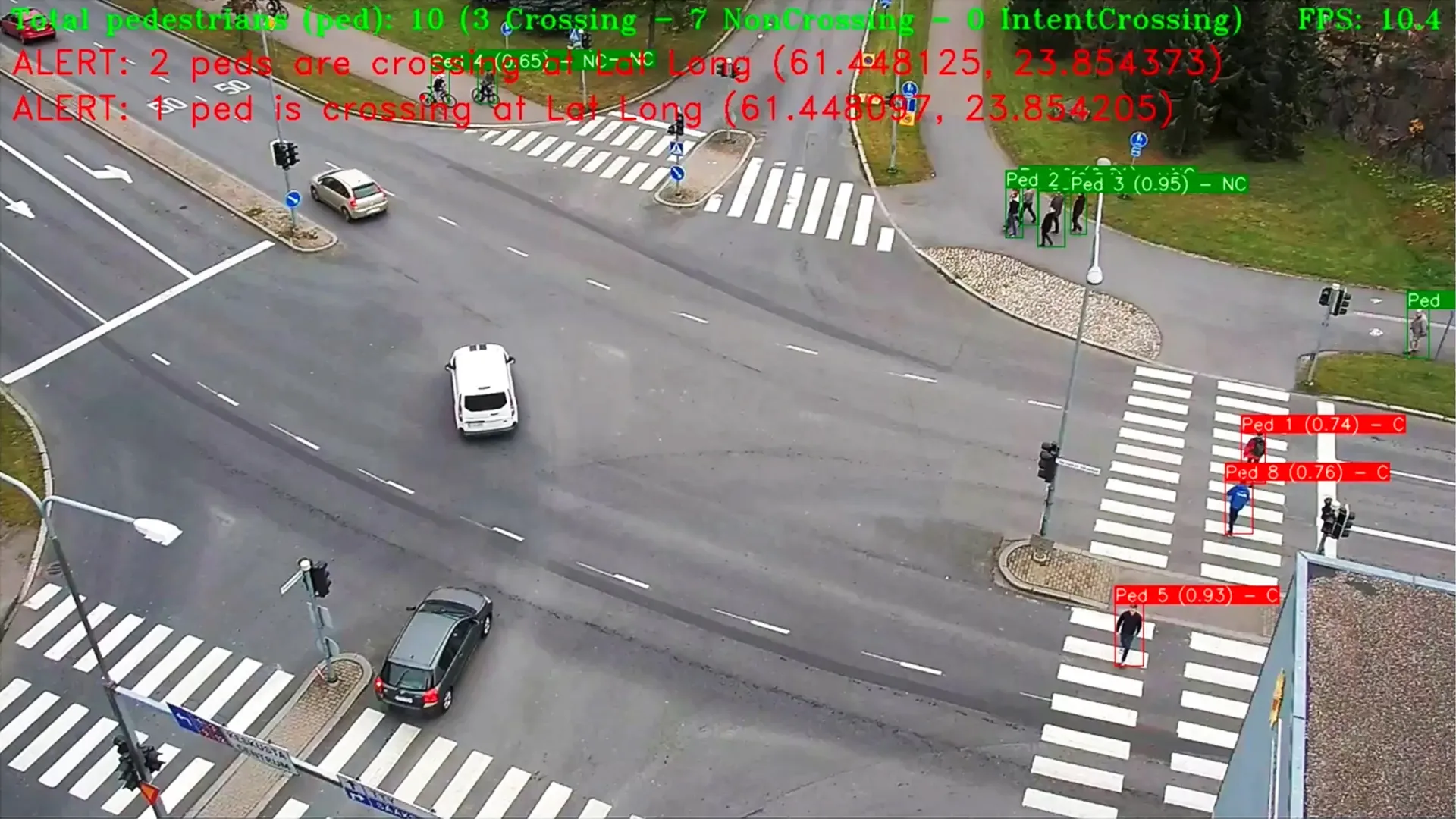645 processes information on board with new chip-set and algorithms for automated decision making with the intention of providing ultra-reliable detection. It utilises a 3D high definition stereo-vision optical sensor that detects moving and stationary targets. In addition, the device also has IP and real-time video capabilities, allowing it to feed data and pictures down the wire and into ITS control rooms to assist with informed, smart city decisions.
Multiple AGD detectors can be set up at the same time from a safe position on the ground, or in a vehicle up to 100m away.
Ian Hind, AGD’s commercial director, said: “Already seen in many locations worldwide, and particularly at modal intersections such as bus and rail stations, as well as in busy city centres, super-crossings are ever more prevalent. Now, just one of our 645 Pedestrian Detectors can cover an entire super-crossing, which can be up to 10m wide from pole to pole. We are anticipating a great deal of interest in this enhanced product, which we will be exhibiting at this year’s Intertraffic Amsterdam from 20 to 23 March.”
AGD launch larger zone 645 pedestrian detector
AGD Systems (AGD) has upgraded its 645 Pedestrian Detector to now cover a 10m x 3m zone in a standard built format to monitor new super-crossings that are being deployed internationally. The solution is said to detect people while rejecting shadows, litter leaves and other distractions.
645 processes information on board with new chip-set and algorithms for automated decision making with the intention of providing ultra-reliable detection. It utilises a 3D high definition stereo-vision optical sensor tha
February 22, 2018
Read time: 2 mins









